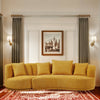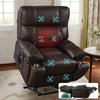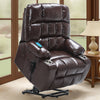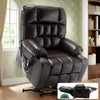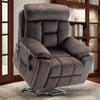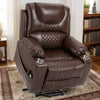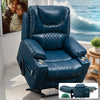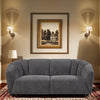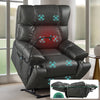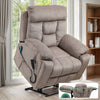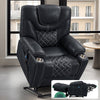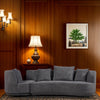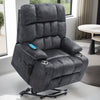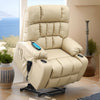The Importance of High Resilience Foam in Furniture Design
Understanding High Resilience Foam
High Resilience (HR) foam is a type of polyurethane foam used in furniture. It's known for its durability and comfort. HR foam has a unique cell structure that allows it to bounce back quickly after compression. This feature makes it ideal for seat recliners and other furniture that sees frequent use.
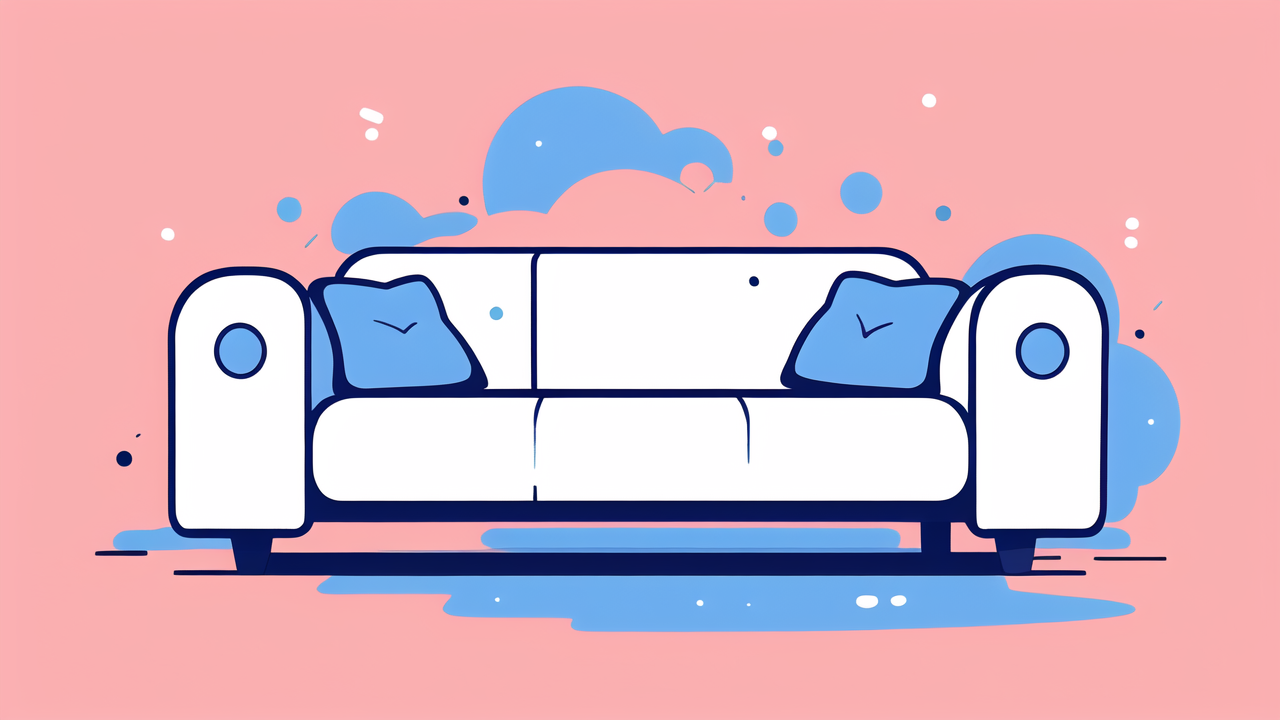
HR foam is made using a special process that creates a denser, more elastic foam. This process involves using high-quality raw materials and specific manufacturing techniques. The result is a foam that offers superior support and longevity compared to standard foams.
Benefits of High Resilience Foam in Seat Recliners
HR foam offers several key benefits when used in seat recliners:
- Comfort: It provides excellent support and pressure relief.
- Durability: HR foam maintains its shape and resilience over time.
- Longevity: It resists sagging and breakdown, extending the life of the recliner.
- Temperature regulation: HR foam allows for better air circulation.
- Eco-friendliness: Many HR foams are made with environmentally friendly processes.
These benefits make HR foam an excellent choice for lift recliners. It ensures users can enjoy comfort and support for years to come.
Comparing High Resilience Foam with Traditional Foam Types
When compared to traditional foam types, HR foam stands out in several ways:
- Density: HR foam is denser, providing better support and durability.
- Resilience: It bounces back to its original shape faster than traditional foams.
- Comfort: HR foam offers a more consistent feel over time.
- Lifespan: It typically lasts longer than standard polyurethane foams.
- Cost-effectiveness: While initially more expensive, HR foam's longevity makes it cost-effective.
These differences make HR foam a superior choice for seat recliners, especially lift recliners that see frequent use.
Seat Recliners and High Resilience Foam Market Trends in the United States
Market Dynamics for High Resilience Foam Recliners
The U.S. market for HR foam recliners is growing steadily. This growth is driven by several factors:

- Aging population: More seniors are seeking comfortable, supportive seating.
- Health awareness: People recognize the importance of proper seating for health.
- Home improvement trends: Consumers are investing more in quality home furnishings.
- Technological advancements: Improved manufacturing processes are making HR foam more accessible.
These factors are contributing to increased demand for lift recliners with HR foam. Manufacturers are responding by offering more options in this category.
Consumer Preferences and Trends in Recliner Design
Consumer preferences for recliners, especially lift recliners, are evolving:
- Comfort is king: Users prioritize comfort above all else.
- Style matters: Modern designs that blend with home decor are popular.
- Multifunctionality: Recliners with added features like heating or massage are in demand.
- Customization: Consumers want options to tailor their recliners to their needs.
- Eco-consciousness: There's growing interest in environmentally friendly materials.
HR foam fits well with these trends, offering both comfort and durability. It's becoming a key selling point for high-end recliners.
Regulatory Impact on Recliner Manufacturing
Regulations play a role in recliner manufacturing, including the use of HR foam:
- Safety standards: Recliners must meet specific safety requirements.
- Flammability regulations: Foam used in furniture must meet fire safety standards.
- Environmental regulations: Some areas have rules about foam production and disposal.
- Health guidelines: There are recommendations for ergonomic seating design.
These regulations affect how manufacturers produce and market HR foam recliners. They often lead to improvements in quality and safety.
Best Practices in the Production and Use of High Resilience Foam
Advancements in High Resilience Foam Production
The production of HR foam is constantly evolving:

- New chemical formulations: These improve foam performance and eco-friendliness.
- Advanced manufacturing techniques: These ensure consistent quality and properties.
- Quality control measures: Strict testing ensures foam meets high standards.
- Customization capabilities: Producers can tailor foam properties for specific uses.
- Sustainable practices: Many manufacturers are adopting greener production methods.
These advancements are making HR foam even more suitable for use in lift recliners and other furniture.
Incorporating High Resilience Foam into Recliner Design
Designers are finding innovative ways to use HR foam in recliners:
- Zoned comfort: Different densities of HR foam are used in various parts of the recliner.
- Layering: HR foam is combined with other materials for optimal comfort and support.
- Contouring: Foam is shaped to provide ergonomic support in key areas.
- Heat and moisture management: Foam designs now consider temperature regulation.
- Motion support: HR foam is used to enhance the reclining mechanism's performance.
These design strategies maximize the benefits of HR foam in lift recliners, improving user experience.
Maintaining Quality and Durability in High Resilience Foam Products
To ensure HR foam recliners maintain their quality over time:
- Use high-quality HR foam from reputable suppliers.
- Implement rigorous quality control during manufacturing.
- Provide clear care instructions to consumers.
- Offer warranties that reflect confidence in product durability.
- Continuously gather and act on customer feedback.
By following these practices, manufacturers can ensure their HR foam recliners, including lift recliners, provide lasting comfort and value to users. This approach helps build brand loyalty and customer satisfaction in the competitive furniture market.







